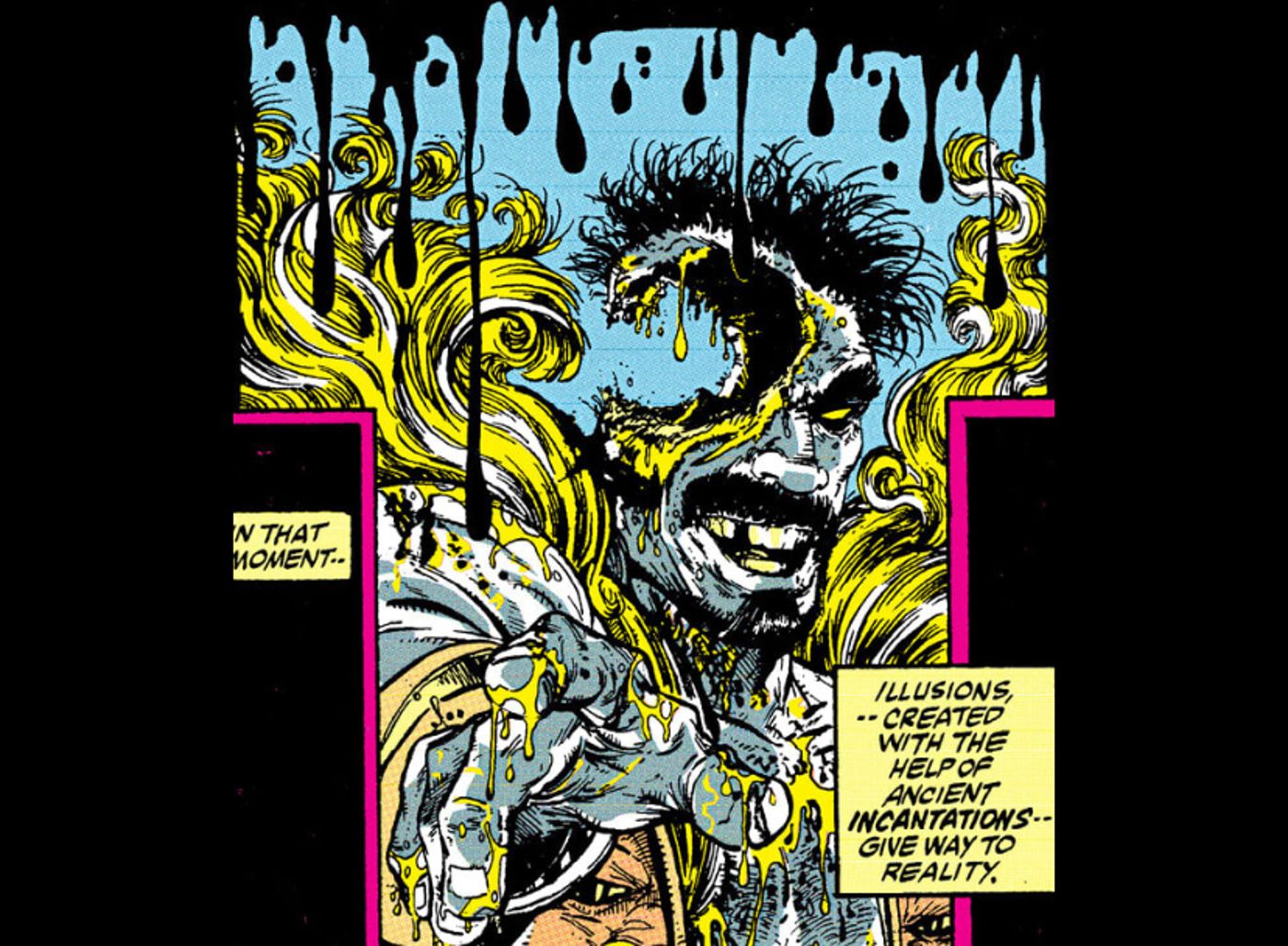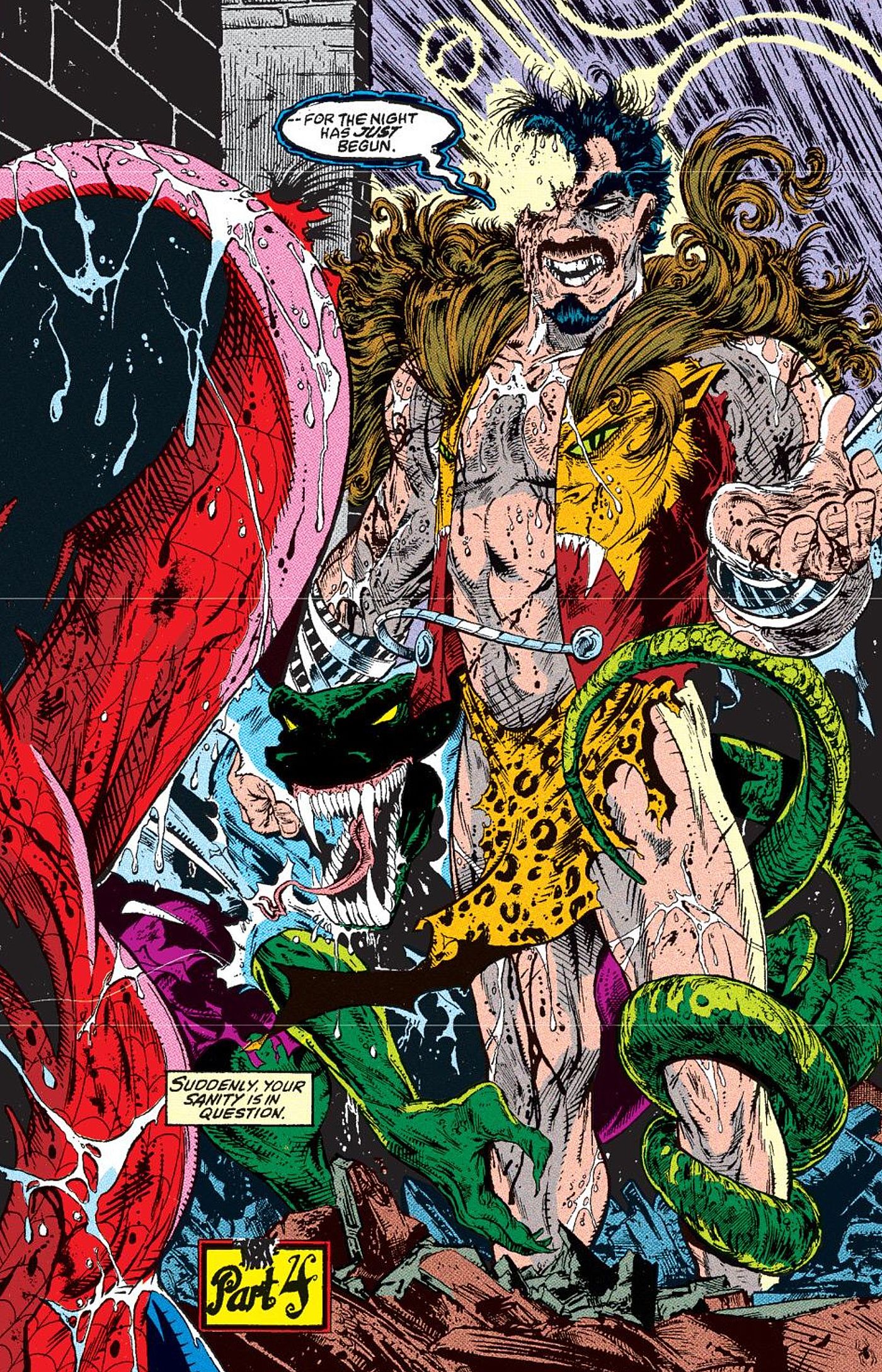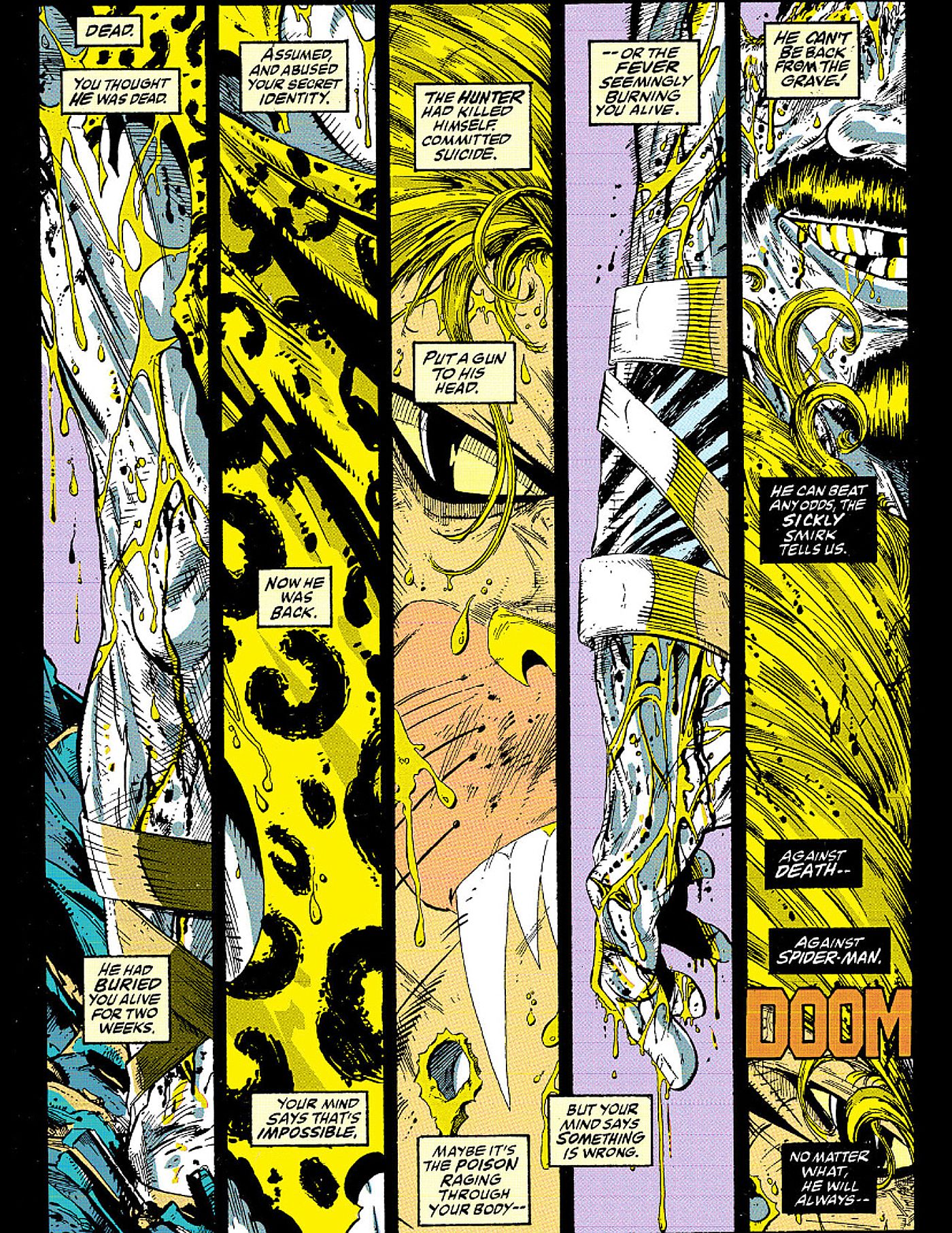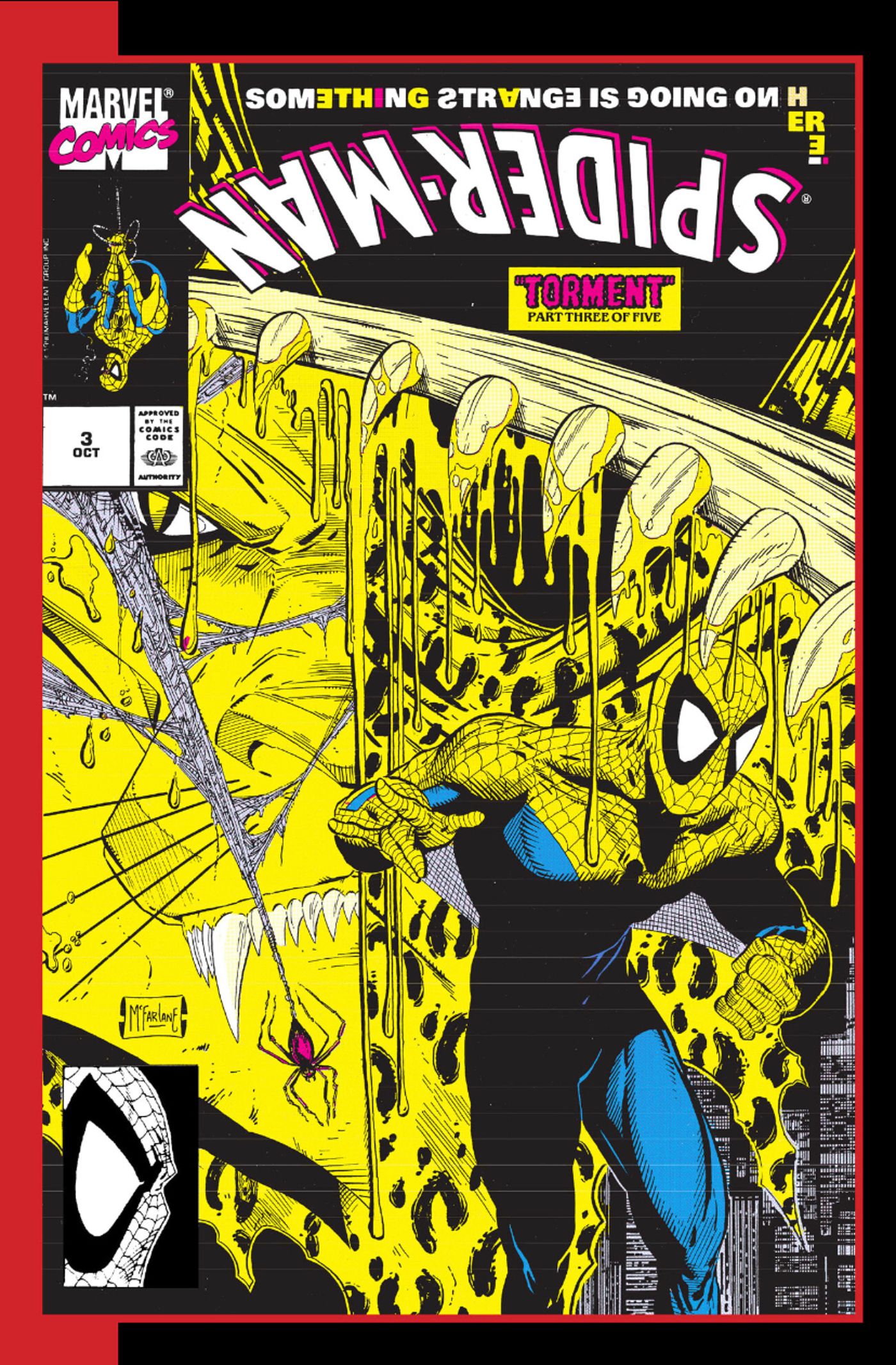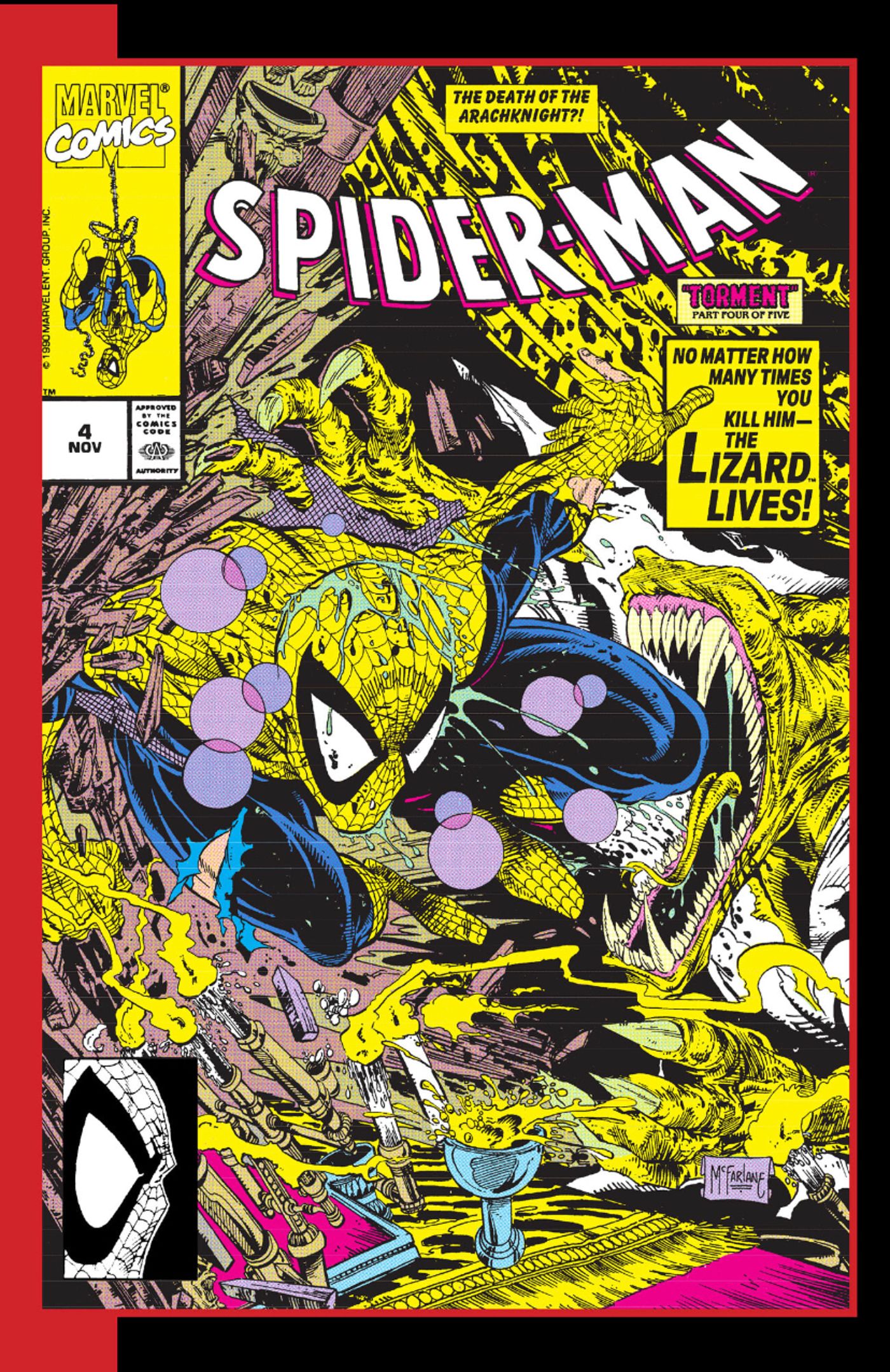In the endnotes to Walking Dead Deluxe #83, Robert Kirkman revealed that Carl losing his eye was a visual homage to a ’90s Todd McFarlane image.
The Walking Dead creator Robert Kirkman recently revealed that one of the comic series’ most intense images was a direct visual homage to one of Todd McFarlane’s most stunning Spider-Man stories. Kirkman explained that one image in particular, of a ghostly Kraven the Hunter, had lingered in his mind ever since he read McFarlane’s Spider-Man as a kid – and at a pivotal moment in Dead‘s story, he asked artist Charlie Adlard to recreate it.
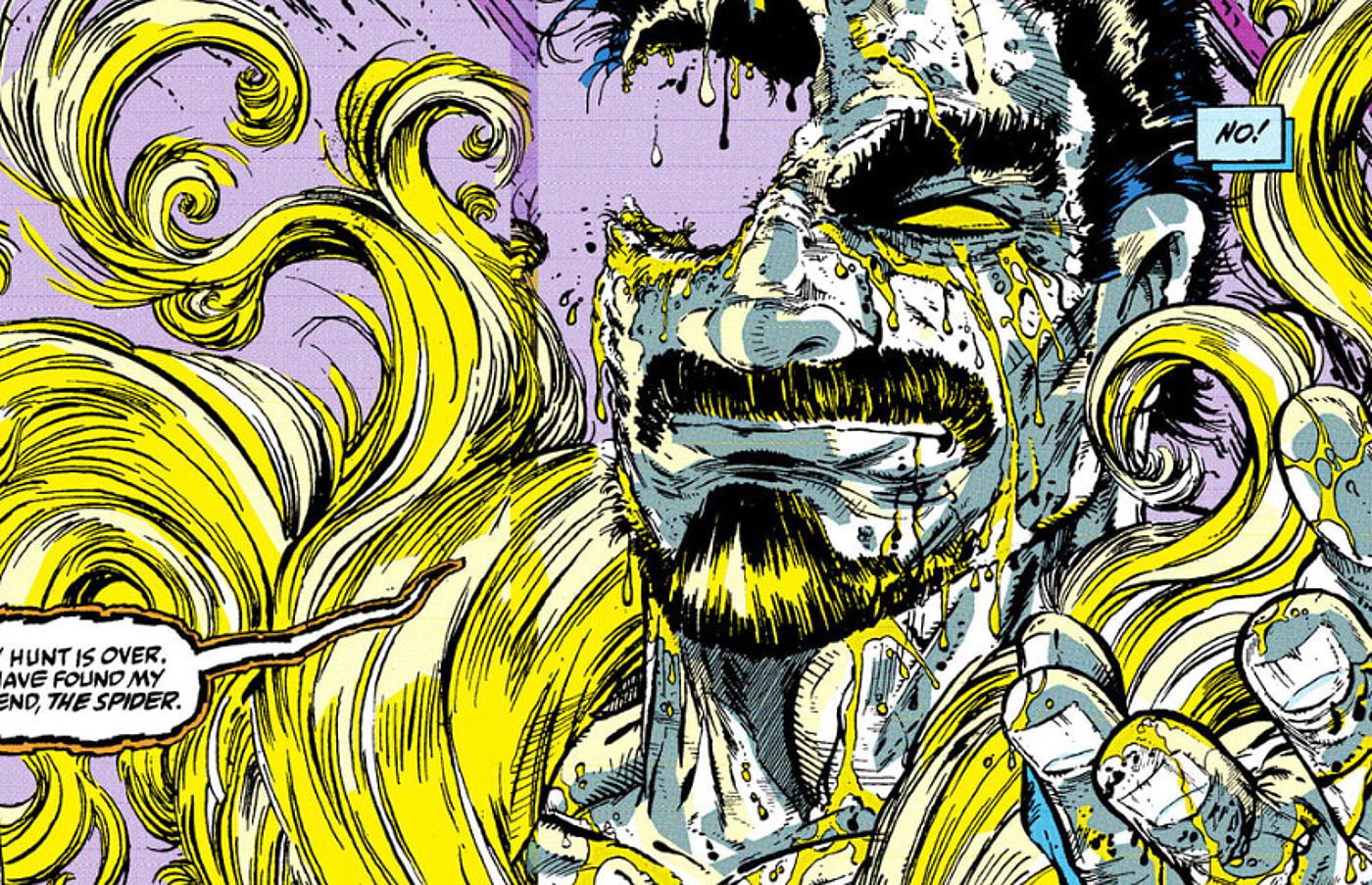
The Walking Dead Deluxe #83 – written by Robert Kirkman, with art by Charlie Adlard, lettering by Rus Wooten, and for the first time, fully colored by Cliff Rathburn – is a reprint of the issue where Carl Grimes was hit by a stray bullet, taking out his eye, and part of his head along with it.
As it turns out, this was a direct visual callback to the moment in Todd McFarlane’s 1990 Spider-Man arc “Torment,” when the Webslinger is confronted by a ghoulish apparition of the long-dead Kraven the Hunter.
“It, to my thirteen-year-old mind, was the craziest thing ever. So I wanted THAT visual ,” Kirkman wrote, citing [McFarlane’s] influence. Comparing the two images, Charlie Adlard’s image of Carl’s gunshot wound is an unmistakable homage.
Charlie Adlard Brilliantly Recreated One of Todd McFarlane’s Most Incredible Images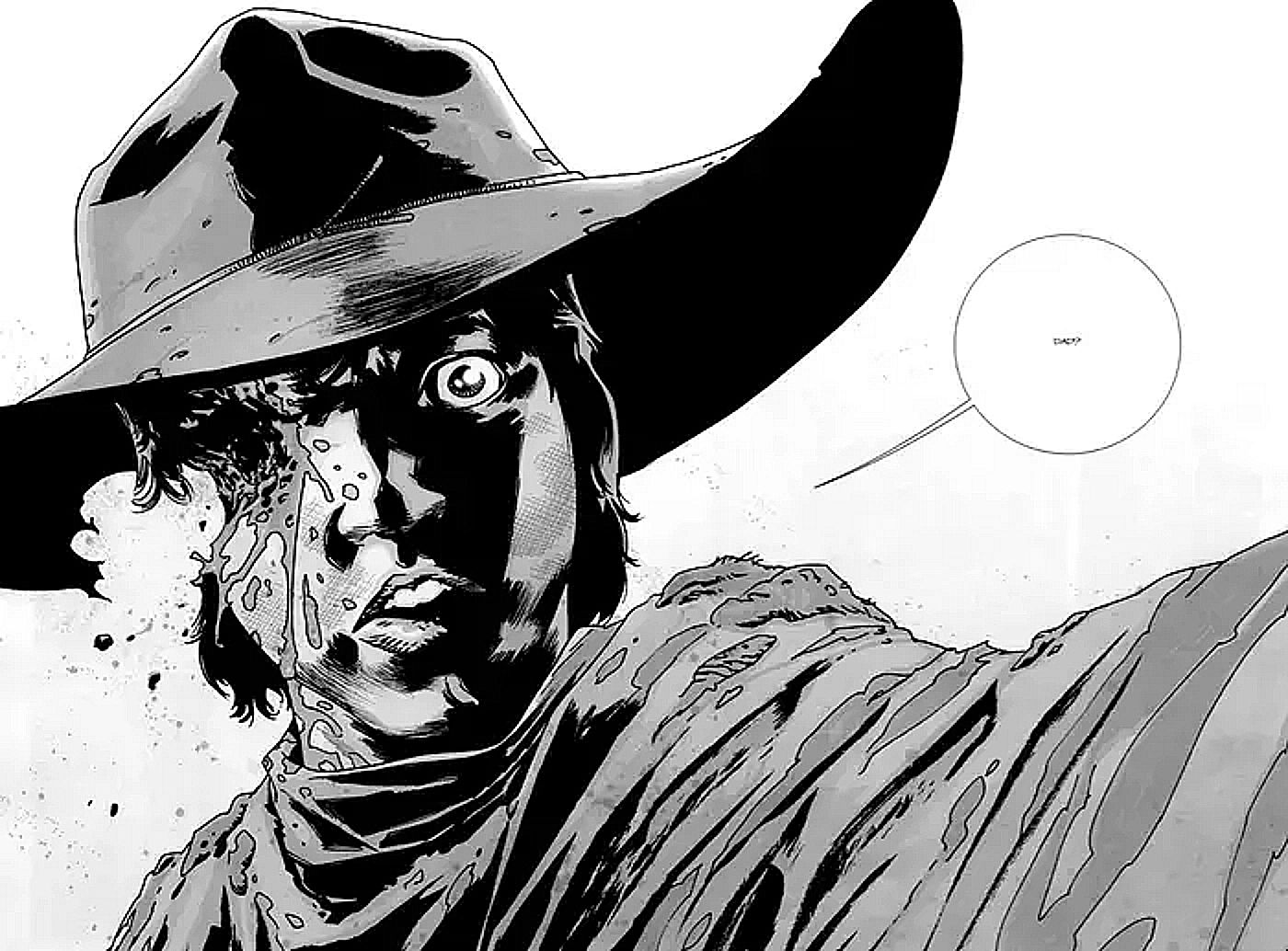
“I wanted to show a CHUNK missing out of Carl’s head. A horrifyingly visual GAP, that was the idea,” Kirkman explained, in his endnotes to Walking Dead Deluxe #83. He further revealed that this was inspired by none other than comic book legend Todd McFarlane:
My inspiration for this moment? The way Todd McFarlane drew zombie Kraven in the “Torment” storyline than ran through Spider-Man #1-5. In that story, Kraven has a giant circular void in his head where his eye once was.
“It, to my thirteen-year-old mind, was the craziest thing ever. So I wanted THAT visual,” Kirkman wrote, citing his influence. Comparing the two images, Charlie Adlard’s image of Carl’s gunshot wound is an unmistakable homage, though the altered context makes it all the more horrifying.
The striking visual of Kraven the Hunter from “Torment” followed on his suicide at the conclusion of “Kraven’s Last Hunt” – an all-time great Spidey story, published in 1987, J. M. DeMatteis and Mike Zeck – as Spider-Man was confronted with the apparition of the antagonist from beyond the grave. Kraven’s appearance in the arc was brief, but stands-out among its most memorable images. This is especially notable, considering that in “Torment,” McFarlane created one of the most visually-triumphant Spider-Man comics ever.
The 1990s are an era of comics often cited for their excesses – and while Todd McFarlane certainly contributed to that, his “Torment” arc, which kicked off the ’90s for the Webslinger, is extreme in the best sense of the word. It seeks to visually push the comic book medium to the limit, and in many ways, thrillingly succeeds.
Todd McFarlane’s Spider-Man Was Extreme – In The Best Possible Way
Robert Kirkman’s admission that the image of Kraven stuck with him for years, until it was finally recreated by Charlie Adlard in Walking Dead #83, is a great testament to the impact of McFarlane’s Spider-Man. The 1990s are an era of comics often cited for its excesses – and while Todd McFarlane certainly contributed to that, his “Torment” arc, which kicked off the ’90s for the Webslinger, is extreme in the best sense of the word. It seeks to visually push the comic book medium to the limit, and in many ways, thrillingly succeeds.
McFarlane’s work in “Torment” is surrealistic, with the images bleeding into one another one the page. Charlie Adlard’s version, with Carl Grimes’ gunshot wound, reimagines McFarlane’s work “while staying a little realistic,” and in that way it is all the more gruesome. Instead of a horror confronting the story’s protagonist, it is a main character being brutally hurt. In this sense, as much as it pays homage to McFarlane’s Spider-Man, Robert Kirkman and Charlie Adlard’s Walking Dead also managed to elevate the iconic image, using it in a novel, unexpected way.
